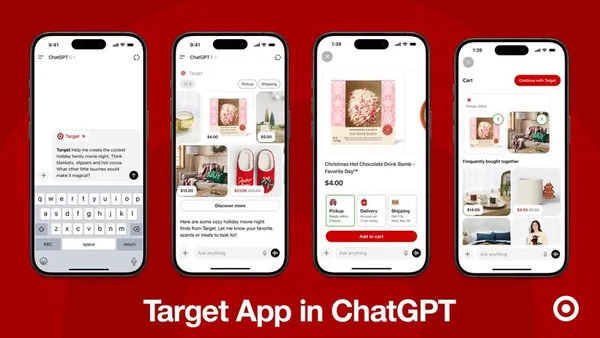Editor's note: The following is a guest post from Mark Robinson, CEO at deep data and player marketing platform deltaDNA.
Last year, ad spend on mobile surged a staggering 44.5% to $112 billion, making it the second-largest ad channel after TV. In tandem, the mobile games market also grew by 19.3% to $46.1 billion, pushing mobile games ahead of Hollywood in terms of revenue.
Given the stellar growth of both sectors, you'd think that brands would be tripping over themselves to get their ads into games, yet last year, according to eMarketer, brands only accounted for 15% of the total ad spend in mobile games.
So why the disconnect?
The mobile gamer has evolved
One of the primary reasons why brands aren't pumping more money into mobile games is because they just don't understand the mobile gaming audience. Many brand advertisers still perceive mobile gamers as being 13-year-old male geeks who don't get out much. In reality, mobile games have gone mainstream, and today's mobile gamer bears no resemblance to that outdated archetype.
To get a handle on the scale of the audience, look at the numbers. This year, 203 million Americans from all age ranges and demographics will play mobile games — that's roughly 62% of the population. As for the "typical" mobile gamer, she's female, aged 35-44 and professional, with 37% earning more than $75,000 in annual income. As a result, in-game advertising offers brands a huge opportunity to reach a broad and valuable audience at scale.
The perfect storm of rewarded video ads
Mobile game makers have always had an uneasy relationship with ads because of how they can negatively impact the player experience and retention. However, the rise of rewarded video ads has created the perfect storm where game maker, advertiser and player can all benefit.
For developers, they're able to weave rewarded video ads into the game experience in such a way that rather than detracting from the player experience, they actually enhance it. In fact, 62% of developers claim that rewarded video ads either stabilize or increase retention.
Players have become so reliant on rewarded video ads that when publisher Rovio decided to remove them from "Angry Birds Transformers," it faced a backlash from players who demanded the ads be reinstated.
Rewarded video also works incredibly well for advertisers. Because players opt in to watch ads and rely on them to progress in the game, engagement rates are sky-high, and brand advertisers have more time to convey key messages to these engaged audiences.
Mobile games are brand-safe
Having a brand-safe environment is vital for advertisers. However, with mobile games, legacy concerns must still exist.
This could be a hangover from the early days of F2P games, where cynical practices designed to rip off players were more common. However, mobile games now have to undergo an incredibly strict review process before users can download and play, and the app store operators just won't let "bad" games through.
In addition, mobile games don't feature any user-generated content, which could, if not moderated correctly, have a negative impact on the brand advertisers. This is a real plus for mobile games, which typically offer a premium, high-quality environment where advertising is both safe and extremely effective.
Game developers prefer brand ads
Brand-led advertising still only accounts for 15% of all in-game advertising, while the majority of ads tend to be for other mobile games.
This makes developers nervous, with 70% expressing concern over how these ads might cannibalize their own revenues, as there will always be a percentage of players who decide to click straight through to skip your game.
With the mobile games market expected to account for 50% of total games industry revenues by 2020, the opportunity for brand advertisers is only set to increase. Outdated misconceptions about the mobile gaming audience have meant that the amount of brand advertising in games is still relatively small, so it's time for brands to return to mobile games and consider the huge audience engagement opportunity they represent.











